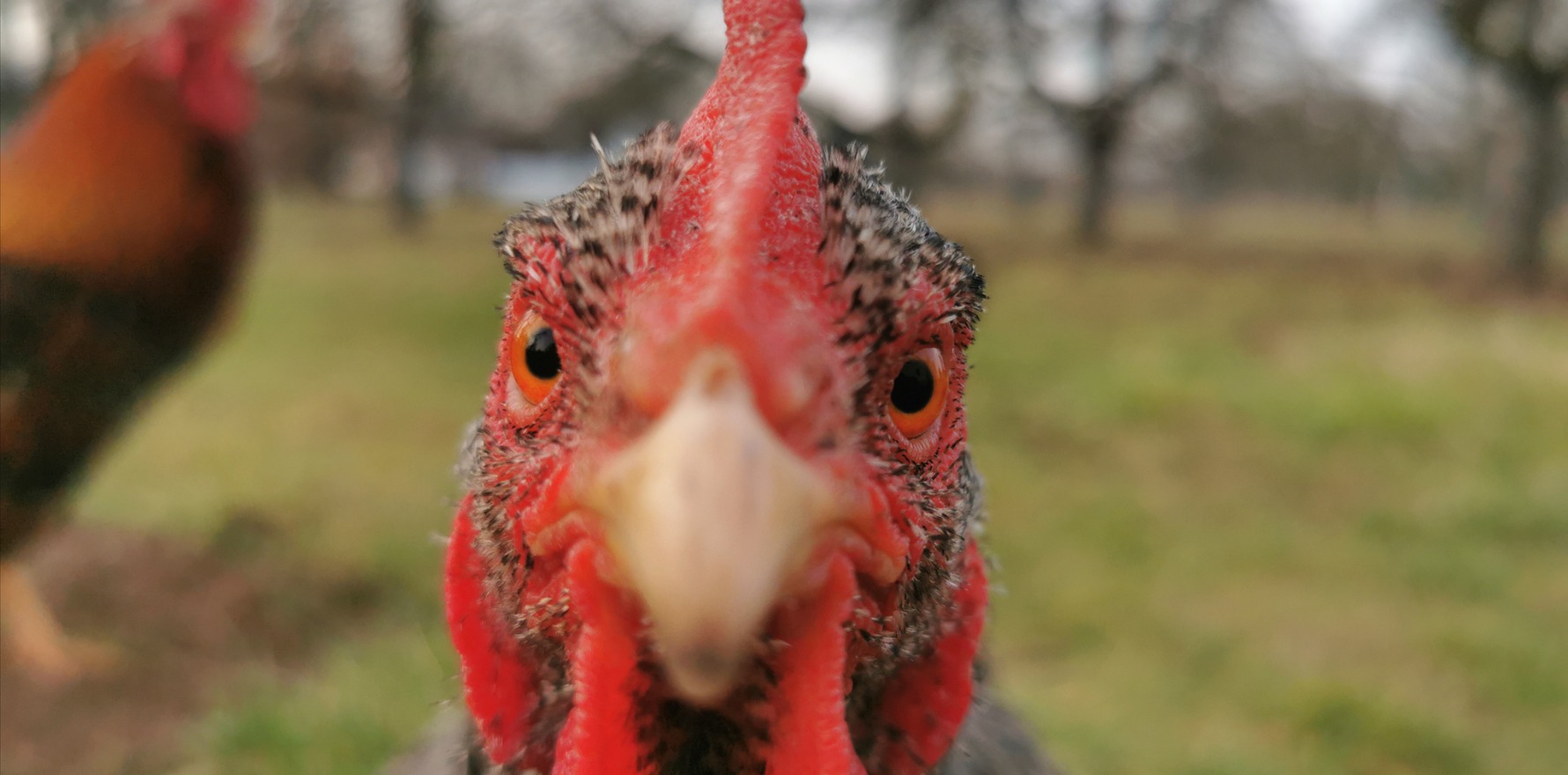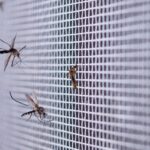Australia has recorded its first death from the virus and cases found among chickens in surveillance flocks has prompted a public health alert.
A Northern Territory woman has died from the mosquito-borne Murray Valley encephalitis virus – the first death in Australia this year.
And new public health alerts have been issued following detection of the virus in sentinel chickens and mosquito surveillance programs in NSW, Victoria and South Australia.
NT Health confirmed the woman, aged in her 70s, “most likely” acquired the case in Darwin. Over the past 20 years, there have been five deaths from Murray Valley encephalitis reported in the Northern Territory.
GPs across the country have been urged to check in with their local public health services to see whether there are any hotspots in their area, and to be vigilant for symptoms of the virus in patients.
Professor Dominic Dwyer, infectious diseases physician and director of public health pathology for NSW Health Pathology, told The Medical Republic an increase in Murray Valley encephalitis virus in sentinel chicken and mosquito surveillance programs “generally precede the development of human cases” and should be taken seriously.
“They’re a warning system, and the warning system is telling us that particularly Murray Valley and Kunjin viruses are both around at the moment in reasonable amounts,” he said.
“This is of course, all in the context of flooding and lots of water being around and all the birds that come in which carry the virus, attracted by the water and the insects.”
South Australian health officials are particularly concerned about the fact that the virus has been found in a chicken in a surveillance flock in Clare – making it the first time Murray Valley encephalitis virus has been detected outside of the River Murray area in the state.
The flock in Clare was established in October 2022, after Japanese encephalitis virus was detected in pigs in the region last mosquito season.
Only a small proportion of people infected with Murray Valley encephalitis virus or Kunjin experience symptoms, which may include fever, headache, nausea, vomiting, loss of appetite, diarrhoea and muscle aches.
Signs of severe infection may include severe headache, neck stiffness, sensitivity to bright lights, drowsiness, confusion, seizures and loss of consciousness.
A South Australia Health spokesperson said a rapid response from its health protection team was underway to carry out more mosquito trapping and larval surveillance in Clare and the surrounding area to better understand the scale of the situation.
The last human case of Murray Valley encephalitis virus reported in South Australia was in 2011. There have been no cases reported in Australia so far this year, according to national disease surveillance data. In 2022 there was one case reported in Western Australia.
In addition to sentinel chickens, Murray Valley encephalitis virus has also been detected in mosquitoes trapped in NSW, South Australia and Victoria.
Antibodies were found in blood samples collected from sentinel chickens at Menindee and Macquarie Marshes, according to the NSW Arbovirus Surveillance and Mosquito Monitoring 2022-2023 report for the week ending 4 February. The virus was also detected in mosquitoes collected at Albury, Mathoura and Leeton.
A high proportion of the mosquitoes collected inland continue to be the species Culex annulirostris, which is a vector for Japanese encephalitis virus, Murray Valley encephalitis virus and Kunjin virus, the report revealed.
“The distance between detections indicates [Murray Valley encephalitis virus] and Kunjin virus are likely to be widespread in inland NSW,” it said.
“The primary hosts of [Murray Valley encephalitis virus] and Kunjin in natural transmission cycles are thought to be waterbirds.”
Professor Dwyer said that while clinical illness from Murray Valley encephalitis virus was rare, it carried a mortality rate of at least 30%, and survivors of encephalitis often had ongoing neurological problems.
“It’s a rare disease but a severe one,” he said.
There is no treatment for Murray Valley encephalitis virus other than supportive treatment that is almost always provided in a hospital, and early detection and proper diagnosis improves outcomes.
Professor Dwyer said it was useful for GPs to be aware of any local health alerts about mosquito-borne virus activity such as Murray Valley encephalitis virus and Japanese encephalitis virus so they could be on the lookout for patients who presented with non-specific symptoms.
“Check with your state health website and your local public health unit which will be up to speed on what is happening in your area,” he said.
GPs could also offer advice to their patients on ways to minimise the risk of contracting Murray Valley encephalitis virus. This included avoiding going outside at dawn and dusk, covering up the arms and legs with protective clothing like long sleeves and pants, and using appropriate insect repellent.
“These are the only preventions we’ve got at the moment,” he said.
According to the National Notifiable Disease Surveillance System, there have been 459 notifications of mosquito-borne viruses in Australia so far this year. Ross River virus makes up the bulk of these notifications (320 cases), followed by dengue virus (58), Barmah Forest virus (44), and malaria (35).
The good news is that as the cooler weather approaches, relief will come from the threat of mosquito-borne disease.
“We do know that the mosquitoes go away when the temperature drops, but we’ve still got plenty of hot weather to come [this summer],” Professor Dwyer said.




